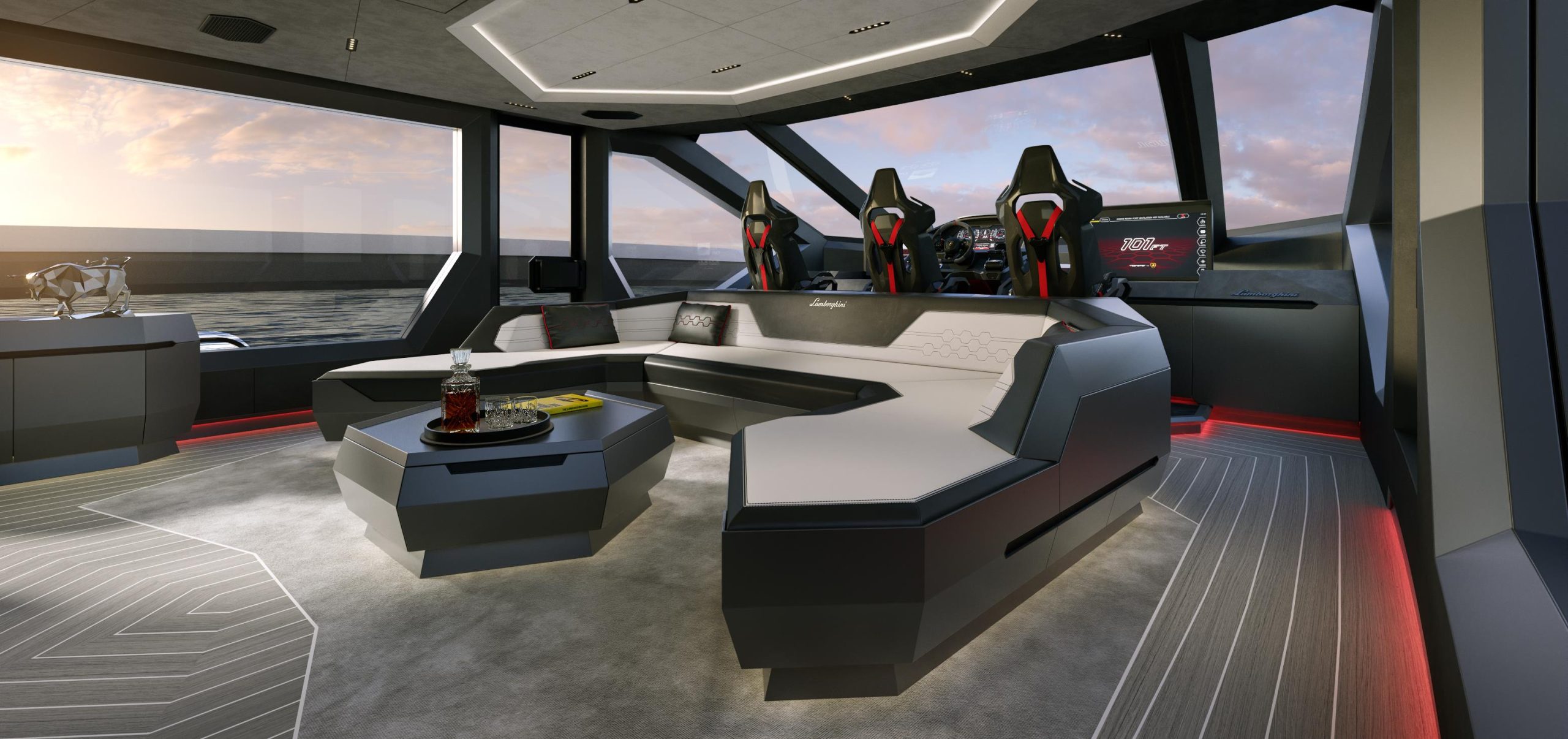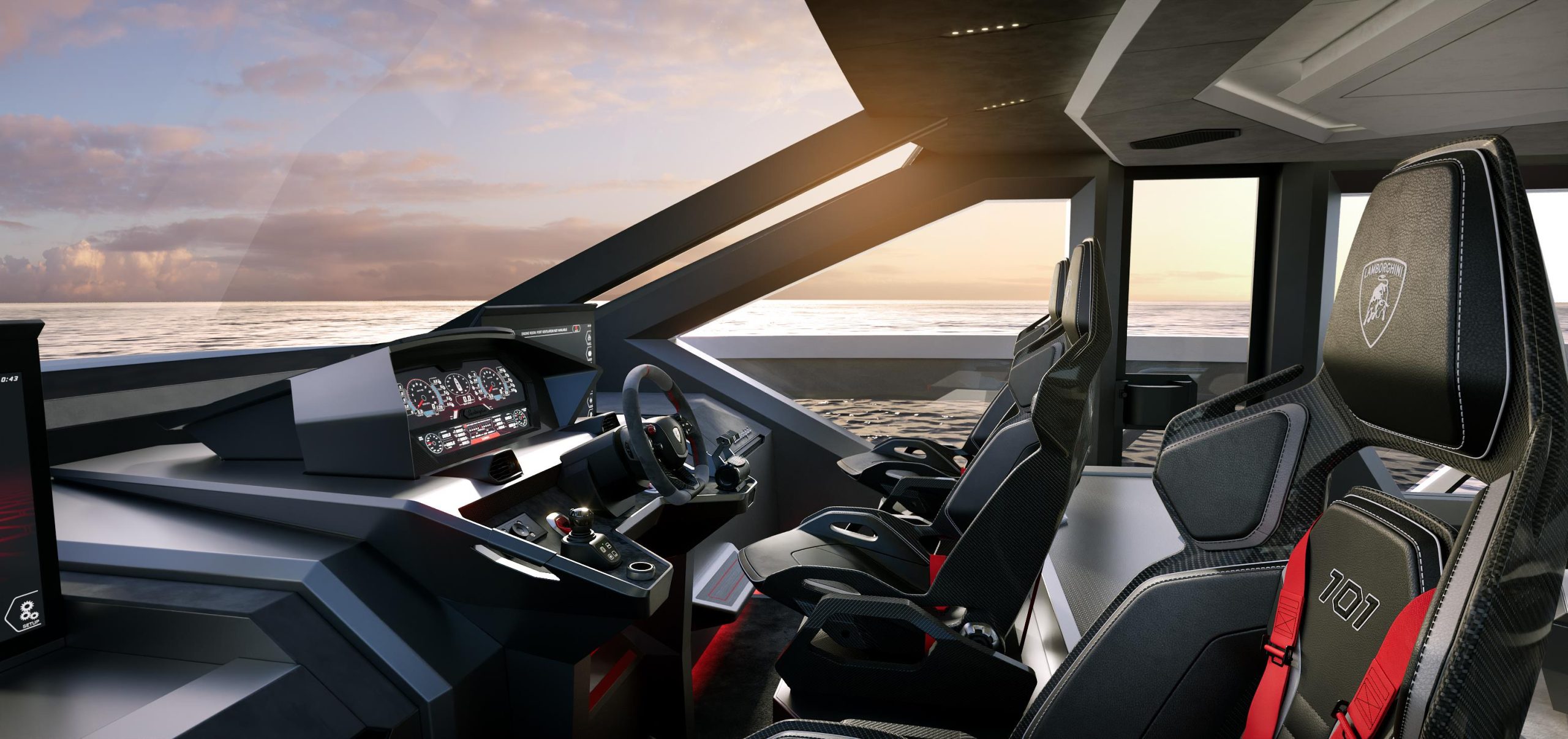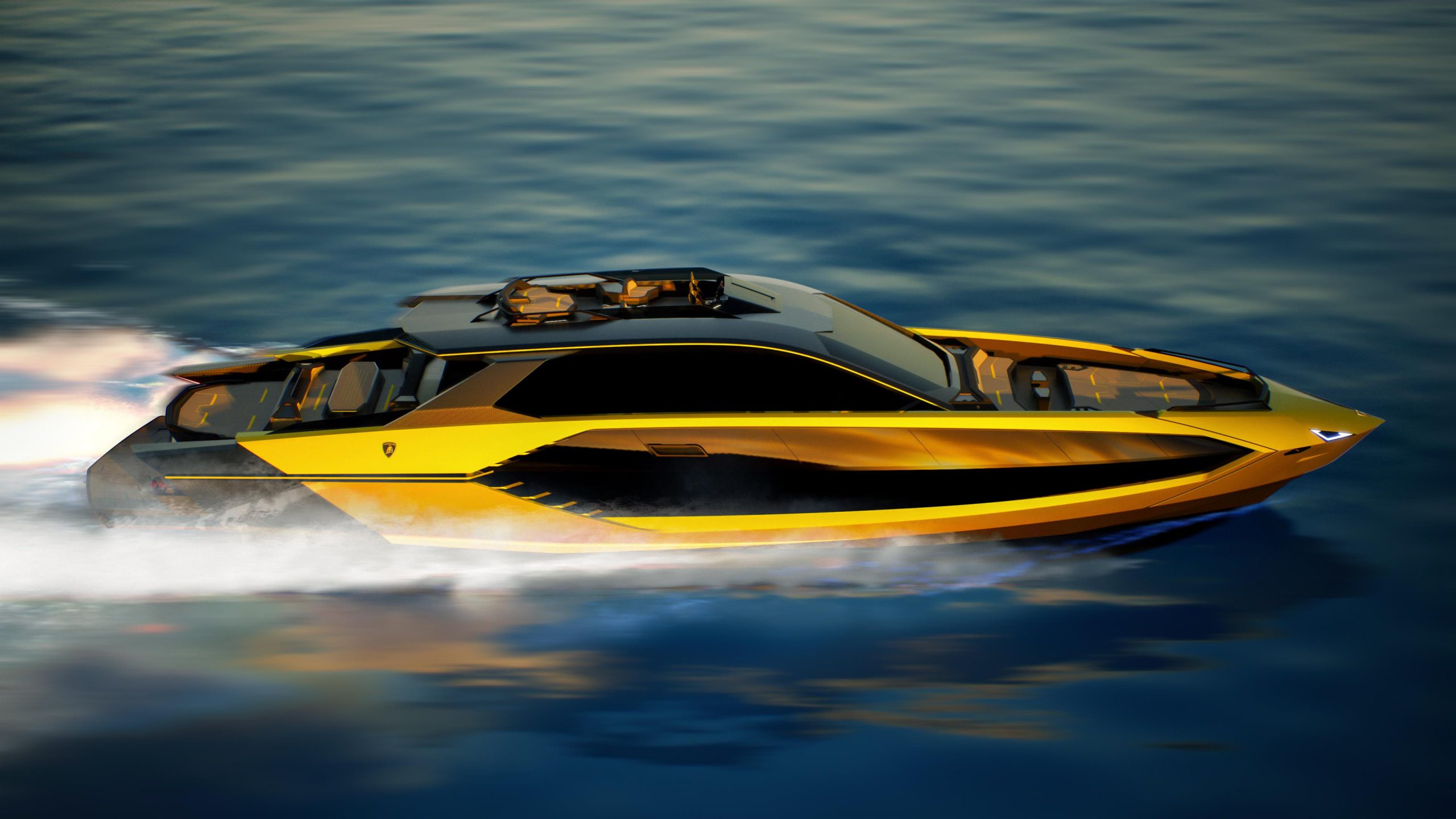Everrati Builds the Electric Porsche 911 of Your Dreams
As any Porsche lover knows, the automaker produces an electric sports car, the Taycan, which in GT Weissach form (US$231,995) develops 1,019 peak horsepower and takes just 2.1 seconds to reach 60 miles per hour. But what Porsche doesn’t do is produce an electric version of its absolutely iconic 911.
At the moment, that’s a job for the British company Everrati, which installs electric power into examples of the 911 built between 1988 and 1994 (code named 964). Everatti also transforms Land and Range Rovers, as well as classic Mercedes-Benz SLs, and an interpretation of the Ford GT40. The 911s have carbon-fibre body panels for lightness and are built in California through a partnership with Aria. That company creates concept and pre-production vehicles for global automakers.
Everrati’s latest creation is the Porsche 911 Signature Wide Body. With the hard-to-miss ducktail, it resembles a 1980s Porsche Turbo—but handles better. For a price that starts at £290,000 (US$360,467) customers get a car with 500 horsepower and 368.78 pound-feet of torque. The car has a 62-kilowatt-hour battery pack from LG Chem, yielding in this lightweight configuration approximately 200 miles of range. A single motor is connected to a limited-slip differential.
Also available is a Legacy model with 247 horsepower and 228.64 pound-feet. These cars look like earlier 911s (without the wide body and ducktail, for instance) and are built in a time-consuming restoration process. Given the work required, the price is the same as the Signature.

Everrati
Features on the Signature include electronically adjustable suspension, regenerative braking, a “Porsche inspired” five-gauge cluster, and DC fast-charging capability. Everrati is also offering a Signature Gulf Edition of the 911, painted in the iconic blue-and-orange livery of the Gulf racing team (as seen at Le Mans and other venues).
The first Everrati 911 to go to a U.S. customer this month is a Mexico Blue Signature model delivered to California resident Matt Rogers, who co-founded the smart thermostat company that eventually became Google Nest. Rogers said in a statement that his car “captures the zeitgeist perfectly, being sustainable and environmentally conscious while also keeping the character of [Porsche’s] air-cooled era.”
Justin Lunny, Everatti co-founder and CEO, tells Penta that the company “doesn’t ‘convert’ cars to electric; instead, we redefine them as electric vehicles, worrying about such factors as driving feel and weight distribution. We hire very-experienced EV engineers and use the highest level of electric components, such as batteries and motors you would see in EVs from OEM manufacturers such as Rimac or Lotus.”

Everrati
Lunny says that Everrati puts motor and batteries in the back, where Porsche located the engine and transmission on its 911s, with more batteries and power electronics up front, where the original gas tank resided.
U.K. customer cars will still make the trek to California. Lunny explains that right-hand-drive 911s are sourced in Britain and shipped to the U.S., where they’re stripped to the chassis and slowly built up with the new carbon-fibre panels. They then go back to the U.K. for finishing.
“EV is not the only answer, but we do believe it will become the predominate powertrain,” Lunny says.
The company concentrates on a few models, but it’s willing to entertain bespoke one-off commissions, such as an electric Lamborghini for a customer in the Middle East. Such projects require a huge engineering commitment, and the resulting vehicle isn’t by any means inexpensive, costing US$500,000 or more. But it will be fully developed as an EV.
Porsche, too, is mostly going electric, with plans to have EVs make up more than 80% of new car sales by 2030. In 2021, more than 40% of the cars delivered in Europe were at least partly electric, either plug-in hybrids or full EVs. The 911 has no plans for full electrification, though a hybrid version appears likely. Lunny himself drives a battery-powered Porsche Taycan.
 Copyright 2020, Dow Jones & Company, Inc. All Rights Reserved Worldwide. LEARN MORE
Copyright 2020, Dow Jones & Company, Inc. All Rights Reserved Worldwide. LEARN MORE
A divide has opened in the tech job market between those with artificial-intelligence skills and everyone else.
A 30-metre masterpiece unveiled in Monaco brings Lamborghini’s supercar drama to the high seas, powered by 7,600 horsepower and unmistakable Italian design.
A 30-metre masterpiece unveiled in Monaco brings Lamborghini’s supercar drama to the high seas, powered by 7,600 horsepower and unmistakable Italian design.
When Lamborghini takes to the water, subtlety isn’t on the agenda. Unveiled at the Monaco Yacht Show, the Tecnomar for Lamborghini 101FT is a 30-metre superyacht that fuses Italian automotive theatre with cutting-edge naval engineering.
The model builds on the collaboration that began in 2020 with the Tecnomar for Lamborghini 63, a sell-out success that celebrated the marque’s founding year.
This new flagship pushes the partnership between Automobili Lamborghini and The Italian Sea Group to a grander scale, designed to deliver the same adrenaline rush at sea that drivers expect behind the wheel.
“The Tecnomar for Lamborghini 101FT redefines the concept of nautical luxury,” said Stephan Winkelmann, Chairman and CEO of Automobili Lamborghini.
“It is not only a yacht, but an affirmation of Italian excellence. The Italian Sea Group and Automobili Lamborghini share an exclusive clientele who are passionate about beauty, technology, and extreme performance.”
Design cues are unmistakably Lamborghini. The yacht’s sharp exterior lines echo the Fenomeno supercar revealed at Monterey Car Week, complete with Giallo Crius launch livery and signature Y-shaped lighting.
Inside, the cockpit and lounges mirror the DNA of Sant’Agata supercars through hexagonal motifs, sculptural seating and dramatic contrasts. With accommodation for up to nine guests and three crew cabins, indulgence meets practicality on every deck.
Performance is equally uncompromising. Three MTU 16V 2000 M96L engines and triple surface propellers generate a combined 7,600 horsepower, driving the yacht to 45 knots at full throttle, with a cruising speed of 35 knots. Two 35 kW generators provide additional efficiency and reliability, ensuring the yacht’s power matches its presence.
Mitja Borkert, Lamborghini’s Design Director, said: “With the Tecnomar for Lamborghini 101FT, we aimed to create a product that embodies the main design characteristics of our super sports cars. All the details, from the exterior to the colour, to the interior areas, recall and are inspired by Lamborghini’s DNA.”
Presented in scale at Monaco, the definitive Tecnomar for Lamborghini 101FT is scheduled to hit the water at the end of 2027. For those who demand their indulgence measured not only in metres but in knots, this is Lamborghini’s most extravagant expression yet.
From mud baths to herbal massages, Fiji’s heat rituals turned one winter escape into a soul-deep reset.
A cluster of century-old warehouses beneath the Harbour Bridge has been transformed into a modern workplace hub, now home to more than 100 businesses.





























